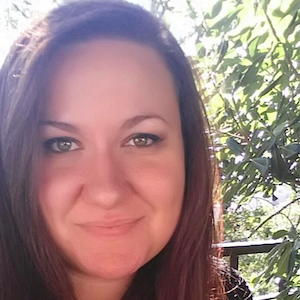
MSCA IF Fellow: Laura Fusco
![]() Project: SEE - mapping the skin-immune interactionsof novel 2D materials MXENES
Project: SEE - mapping the skin-immune interactionsof novel 2D materials MXENES

MSCA Fellow: Laura Fusco
UNIPD Supervisor: Lucia Gemma Delogu
Department: Biomedical Sciences
Total Contribution: Euro 251.002,56
Project Duration in months: 36
Start Date: 01/01/2022
End Date: 31/12/2024
Laura Fusco received her B.Sc. in Medical Biotechnologies from the University of Milan (Italy), studying the effects of airborne particulate matter on human health at the IRCCS Maggiore Policlinico Hospital, Mangiagalli and Regina Elena Foundation. After receiving her M.Sc. in Medical Biotechnologies and Molecular Medicine, in 2018 she earned her Ph.D. in Chemistry from the University of Trieste, with a H2020 Graphene Flagship project on the toxicological effects of graphene at the skin level, integrating her research at Karolinska Institutet, Stockholm (Sweden). In 2019/2020, she served as a MSCA RISE Fellow at Sidra Medicine, Doha (Qatar), in the framework of the H2020-MSCA-RISE project CARBO-IMmap. Currently, she is a Postdoc at the University of Padua, working on the WHISKIES project, supported by the European Space Agency (ESA), which aims at investigating nanomaterials developed for wound healing in space. In 2021, she was awarded a H2020-MSCA Global Individual Fellowship for the project SEE, which aims at mapping the immune-skin interactions of novel 2D nanomaterials: MXenes. During the project, supervised by Dr. Lucia Gemma Delogu at the Department of Biomedical Sciences of the University of Padua, she will be hosted by the outgoing phase Supervisor, Prof. Yury Gogotsi (Drexel University, USA) and by Prof. Bengt Fadeel, supervising a secondment at Karolinska Institutet. SEE will provide a thorough evaluation of the skin impact and possible immunomodulation of a wide variety of MXenes, investigating key aspects for MXene safety and effective use as bioelectronics or biomedical tools applied to the skin. By exploring these crucial aspects, SEE aims at incising the strategic field of MXenes and 2D nanomaterials as well as their role in biomedicine and nanotechnology.


